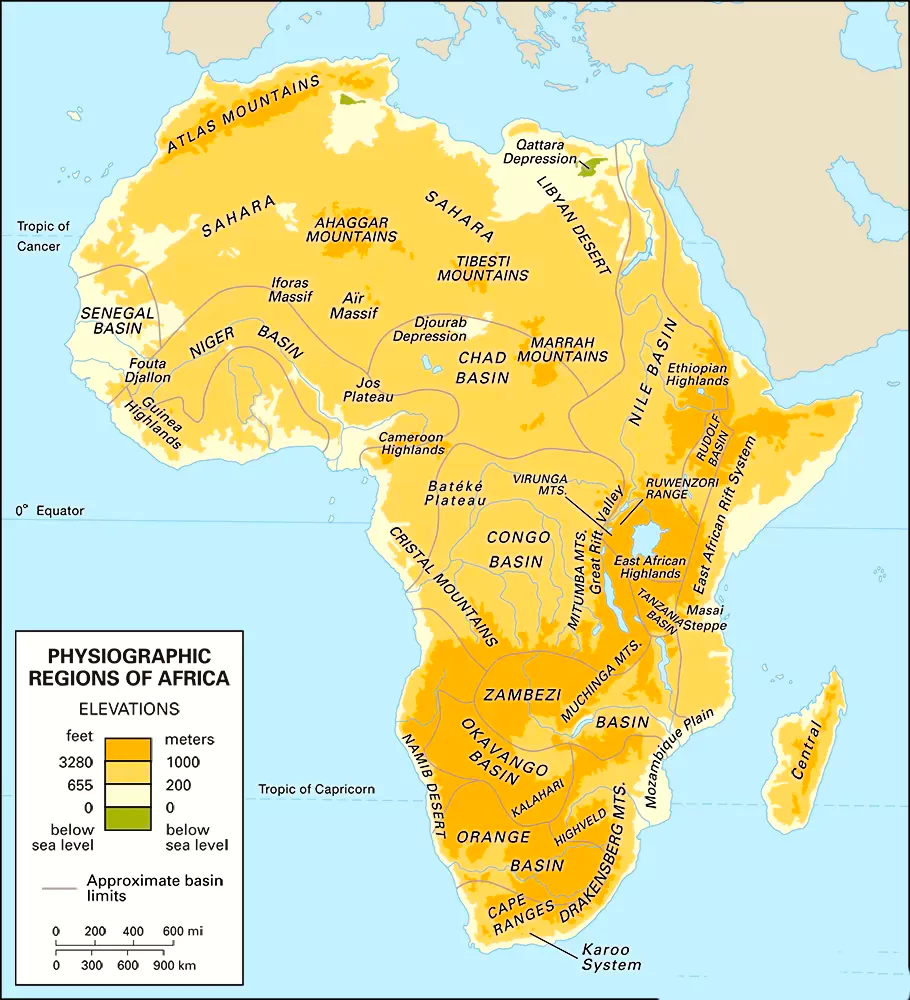![]() 23 Feb 2024
23 Feb 2024
Recently, A study published in the journal ‘Environment Research’ finds that the tropical glaciers in East Africa are shrinking at a fast pace due to Climatic Factors.
| Deglaciation: Deglaciation refers to the retreat or melting of ice sheets and glaciers.
Effects of Deglaciation:
|
|---|

News Source: DTE
| Must Read | |
| NCERT Notes For UPSC | UPSC Daily Current Affairs |
| UPSC Blogs | UPSC Daily Editorials |
| Daily Current Affairs Quiz | Daily Main Answer Writing |
| UPSC Mains Previous Year Papers | UPSC Test Series 2024 |
<div class="new-fform">
</div>